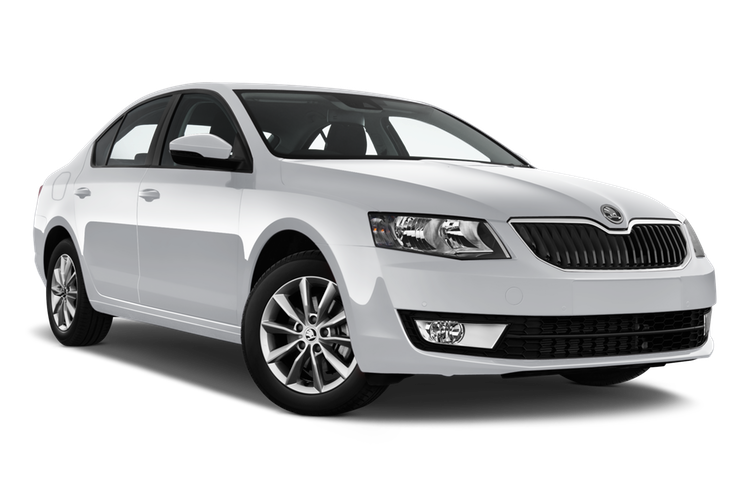Labels and stickers can be an economical way of marketing your business, promoting offers or voucher codes, and acting as direct calls-to-action.
Labels’ primary function is to communicate important instructions and warnings; however, they can also be used for other purposes like special reasons for buying products, contact details or important dates.
They’re a cost-effective marketing tool
Labels and stickers can be an efficient marketing tool that promotes your business at minimal expense. By creating attractive stickers using simple thermal paper rolls in Dammam designs with eye-catching colors and typography, they will make your brand pop out from its competition. Labels also allow you to include vital product packaging information.
Sticker options to meet any need can be found across a wide spectrum. From adhesive labels for mason jars and scrapbooking stickers, to metallic and clear polyester labels that withstand outdoor conditions – there is something suitable for everyone here.
Decal and sticker are different in that labels provide information and attach themselves directly to objects while stickers feature more graphical elements and designs. Though both forms of advertising can be used interchangeably, it’s essential that businesses understand these differences before purchasing stickers or labels for their company.
They’re easy to create
When using labels and stickers to communicate with customers, design is of utmost importance. Labels and stickers can provide customers with valuable information that impacts their decision to buy your product – such as whether or not it meets their needs, allergen content information and more.
They can also be used to send a clear and direct call-to-action, such as offering discounts and coupons, or printing with phone numbers so it is easier for customers to contact you directly.
Designing labels requires carefully considering both color palette and typography that best reflect your brand. Fonts should be legible and complement one another for an eye-catching, cohesive appearance; you could even include photos, logos or clip art for that extra special touch! Customize the layout to suit you – die cut or kiss cut options may also be available.
They’re a direct call to action





